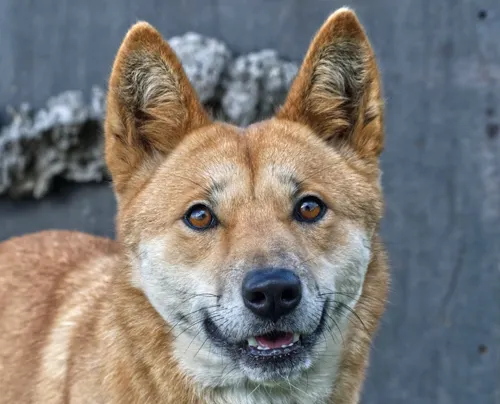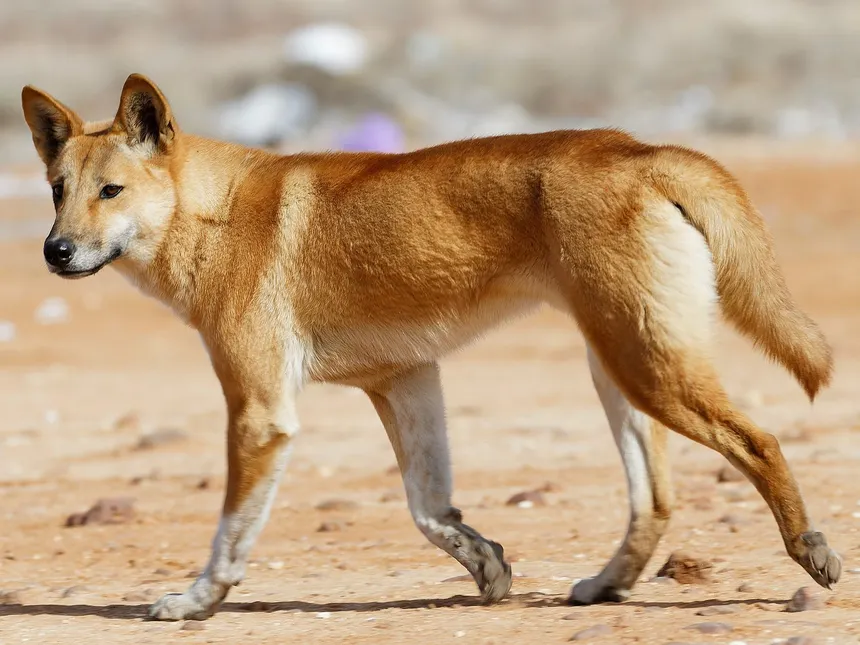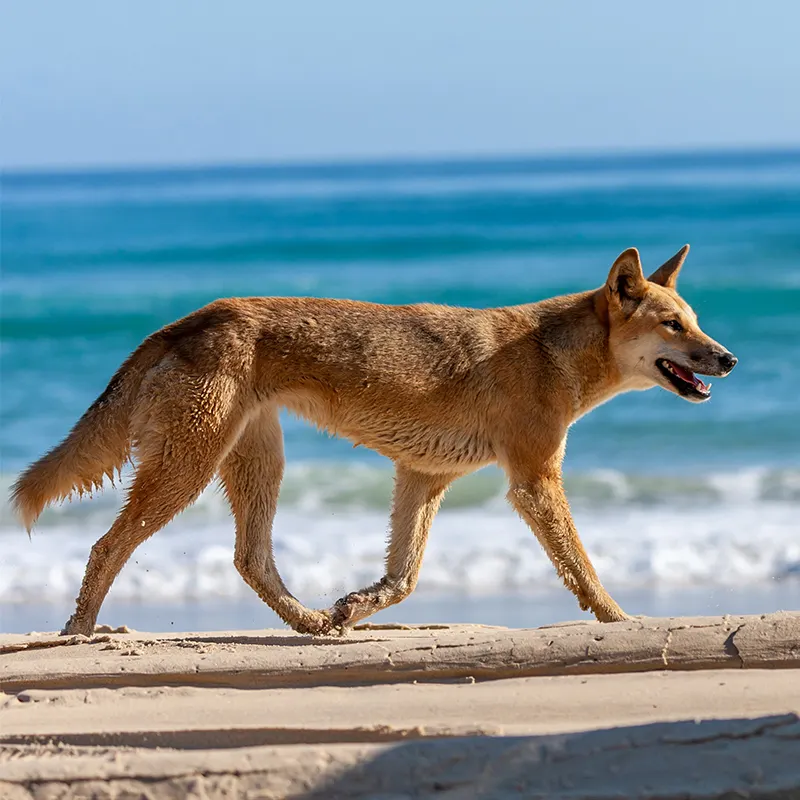Fascinating Facts About Dingoes

Dingoes are Australia’s iconic wild canines, often misunderstood yet vital to the country’s unique ecosystem. These ancient predators walk a fascinating line between wild animal and domestic dog, and their role in the natural world has intrigued scientists, conservationists, and Aboriginal Australians for centuries. Here’s a deep dive into everything you need to know about dingoes—where they come from, how they live, and what makes them so special.
1. Dingoes Are Not Native to Australia—but They’ve Been There a Long Time
Though often seen as native wildlife, dingoes are believed to have arrived in Australia about 3,500 to 4,000 years ago, likely brought by seafarers from Southeast Asia. This makes them non-native, but their long presence has earned them a vital role in the ecosystem.
2. They’re Closer to Wolves Than Domestic Dogs
Genetically, dingoes are more primitive canines—closer to wolves than the typical domestic dog. They can interbreed with dogs, but pure dingoes have unique features like longer muzzles, pricked ears, and bushy tails.
3. Dingoes Are Apex Predators
Dingoes are top predators in the Australian food chain. They hunt animals such as:
- Kangaroos
- Wallabies
- Rabbits
- Rodents
Their presence helps control populations of other species and can even indirectly benefit vegetation by managing herbivore numbers.
4. Dingoes Rarely Bark
Unlike domestic dogs, dingoes rarely bark. Instead, they howl, growl, or whimper. Howling helps them communicate over long distances and is often used to coordinate pack activities.
5. Dingoes Are Excellent Hunters and Opportunistic Feeders
They’re opportunistic omnivores, eating everything from meat to fruit and insects. Though primarily carnivorous, dingoes will adapt to seasonal availability, sometimes feeding on berries or reptiles when large prey is scarce.

6. They Live in Packs—but Also Roam Solo
Dingoes can be highly social, forming packs of up to 10 members with structured hierarchies. However, some individuals are solitary hunters, especially in areas with limited food resources.
7. Dingoes Have Unique Reproductive Cycles
Unlike domestic dogs that can breed multiple times a year, female dingoes typically breed just once annually, usually between March and May. Litters range from 4 to 6 pups, and pack members often help raise the young.
8. The Dingo Fence Is One of the Longest Structures in the World
To protect livestock in southeastern Australia, the Dingo Fence was built in the 1880s. At over 5,600 kilometers (3,480 miles) long, it’s one of the world’s longest man-made structures. However, it has caused ecological imbalances by disrupting predator-prey dynamics.
9. Dingoes Are Culturally Important to Aboriginal Australians
Dingoes have long been companions, hunting partners, and even spiritual symbols to Aboriginal peoples. In some communities, they are considered totemic animals and feature prominently in Dreamtime stories and ceremonies.
10. Hybridization Threatens Pure Dingo Populations
One of the biggest threats to dingoes today is crossbreeding with domestic and feral dogs, which dilutes the pure dingo gene pool. Conservationists are working to preserve purebred populations in the wild.
11. Dingoes Are Intelligent and Highly Adaptable
They are known for their problem-solving skills, ability to open gates or dig under fences, and even work in groups to take down larger prey. Their adaptability makes them both admired and feared by farmers and wildlife managers.
12. Their Role in Ecosystems Is Increasingly Recognized
New research shows that dingoes help regulate invasive species such as feral cats and foxes. In places where dingoes thrive, biodiversity is often higher, making them important for conservation management.

Conclusion
Dingoes are much more than just Australia’s “wild dogs.” They’re ancient, clever, and ecologically crucial creatures with a fascinating blend of wild instincts and canine characteristics. Understanding and protecting them is essential not only for preserving biodiversity but also for respecting their place in Australian heritage and ecology.



